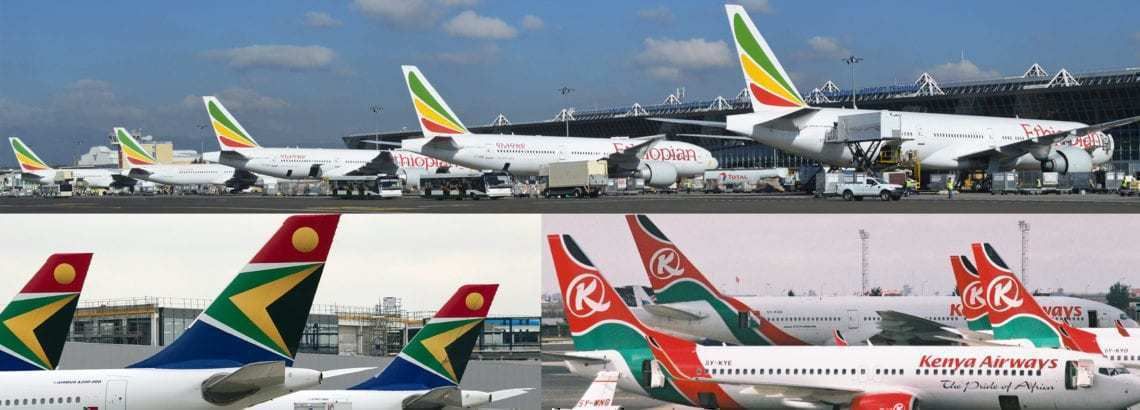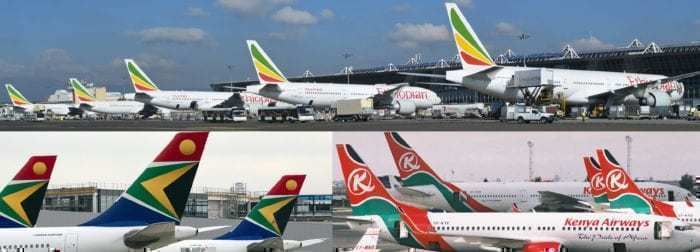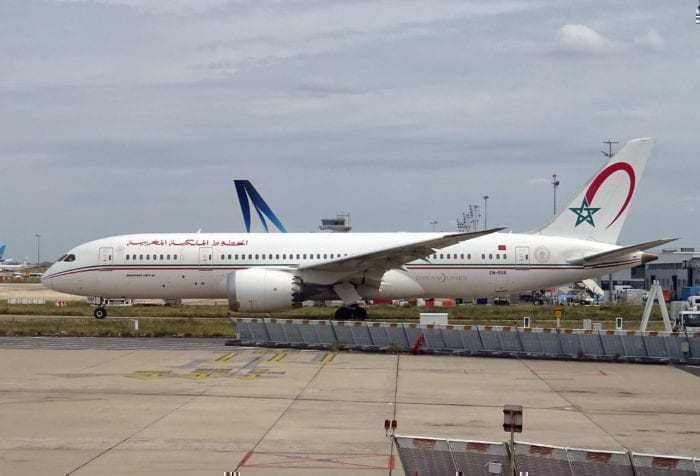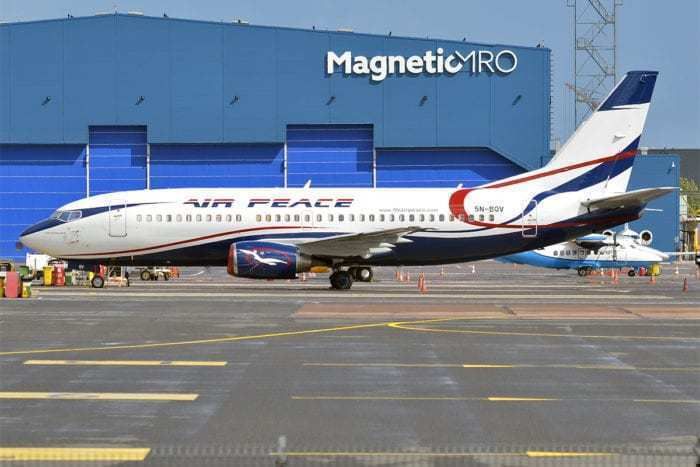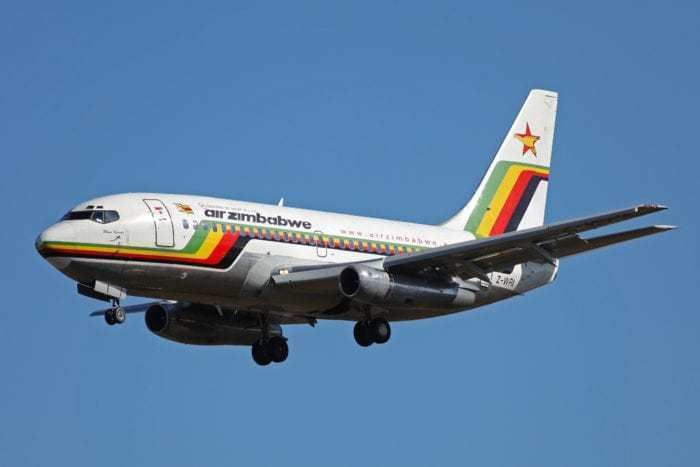With low-cost airlines regularly challenging legacy carriers in Europe, not to mention routine reports of awful crew-passenger interactions in the United States, it can be easy to overlook developments in the African aviation world. Today we'll examine African aviation, where it's headed, and what it might look like in 2050.
According to South Africa's Independent Media, Africa makes up just 2.2% of the global market in terms of Revenue Passenger Kilometers (RPK)- a measure of actual passenger traffic. However, according to Boeing’s market research, 1,190 new aircraft at an expected value of $170 billion will be needed over the next 20 years.
In fact, The Gulf Times says that by 2035, Africa may have an extra 192 million passengers each year, making a total market of 303 million passengers traveling to and from African destinations.
Today's major players
Currently, Ethiopian Airlines is the biggest player in Africa. With almost 10 million passengers in 2017 and 108 aircraft, it's miles ahead of Africa's number two: EgyptAir and its 51 aircraft. Rounding out the top five airlines are Royal Air Maroc at #3, South African Airways at #4 and Kenya Airways at #5.
Of these airlines, we know that South Africa Airways has been struggling financially for quite some time. Similarly, Kenya Airways recently made their financials public, showing a loss of $75 million according to The East African. Oh, and their CEO just quit.
On the other side, EgyptAir has recently been celebrating profitability. Finally, according to Al Jazeera, Ethiopian rises above the rest with 2017 net profit at $223 million.
Emerging trends
It's clear the relatively recent rise of Ethiopian Airlines in African aviation has taken significant market share away from its competitors. Considering its central location on the continent, Addis Ababa is a convenient hub for the rapidly developing east and well-established south.
As investment from China continues, Addis Ababa is becoming a good connection point between Asia and West Africa. With this in mind, competing airlines in Africa face strong headwinds, as intercontinental passengers are lured towards a reliable and well-presented product.
Foreign investment from Asia and beyond continues to develop many parts of the continent. Because of this, we can imagine intra-regional connectivity increasing between African capital cities as business between nations grows.
Regional jets from the Embraer E2 series and the Airbus A220 family may become the workhorses for many fleets. Hopefully, thirty years from now it will be much cheaper to fly across the continent. At the moment it's often cheaper to travel from Amsterdam to Nairobi than it is from Nairobi to Freetown.
And finally, there are emerging airlines like Air Peace and Rwandair. If these small airlines can withstand pressure from larger carriers, there may be a place for them as their home economies continue to develop and grow.
Failures, setbacks, challenges
However, the exciting potential development of the African aviation industry faces numerous challenges. These include political instability, industrial action, and lack of cooperation.
It's clear that the rise of aviation is dependent on the development of national economies. And economic development is only possible in nations that have relative political stability and low levels of corruption. Unfortunately, in cases like Zimbabwe, Mali, and Liberia, much needs to improve within the country if we are to see more air travel to and from these areas.
In addition to this, more cooperation must happen between African nations. The development of the Single African Air Transport Market (SAATM), which once held much potential, seems to have stalled. Many countries that initially agreed to the idea refuse to sign the agreement into implementation. Obviously, protectionist sentiments stand in the way of progress.
Conclusion
In a world with rising nationalist movements and increasing trade barriers, it's difficult to tell what 2050 will hold. However, it seems fairly clear that the African aviation market will be dominated by airlines in countries that can resist corruption and maintain a stable political environment.
At this time, it seems as if countries like Egypt and Morocco are on the right track. However, they have a lot of catching up to do compared to Ethiopia. Rwanda's rapid development also appears quite promising, but there's still a long way to go.
Did we miss anything? Share with us your opinions on what African aviation will look like in 30 years.

